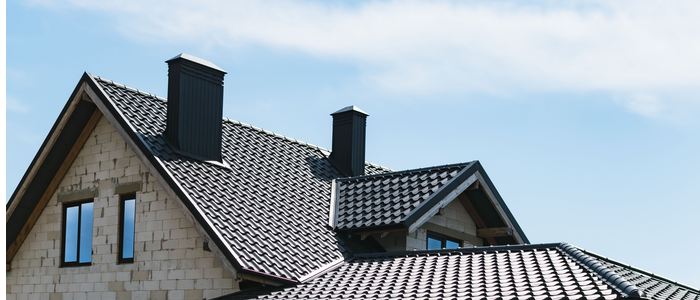Smart homeownership with Cinch Home Services
Tips and tricks for your house, your home and you. Your one-stop resource for maintaining and improving your home. From DIY tutorials and cleaning hacks to finding trusted professionals for major renovations, we've got you covered.


Ooops!
We encountered an issue retrieving plan details for your area. Please return to the previous page and try again.
All the tips you need classified by categories

Appliances, Home Warranty, Appliance Issues
Home warranty vs. Appliance warranty: know the difference and choose the right one
If you're deciding between warranties, read on to learn the difference between purchasing broader home warranty coverage and more narrow appliance coverage.
Oct 6, 2025

Home Warranty
Is a Home Warranty Worth It? Here’s What the Numbers Tell Us
Wondering whether buying a home warranty plan is worth it? We did the math for you so you don’t have to.
Jun 3, 2025

Home Warranty
How Long Does a Home Warranty Last?
Whether you bought a new house or have property, understanding how long your home warranty plan lasts is crucial. We break it down for you.
Jun 3, 2025

Home Warranty
Home Warranty vs. Home Insurance: What Are the Differences?
The differences between home warranty and home insurance are significant, but both help protect your home in the long run.
Jun 3, 2025

Appliances, Home Warranty
Does a Home Warranty Cover Appliances (Old & New)?
Most home warranties are designed to cover major appliances, but there are differences based on the plan of choice. We break down the details in this article.
Jun 3, 2025

Home Warranty
Does Home Warranty Cover Roof Repair or Replacement?
Do home warranties cover roofs? This article will explain why most providers do not and how you can leverage your home warranty to prevent roof repairs.
Jun 3, 2025

Home Warranty
Does a home warranty cover water heaters?
This article will address whether a home warranty covers your water heater and some of the most common issues that may warrant repairs or replacements.
Jun 3, 2025

Home Warranty
Is your fireplace covered by your home warranty?
The majority of home warranty companies do not cover fireplace repair or replacement. So, any fireplace repair costs are outside of home warranties and will fall on your shoulders.
Jun 3, 2025

Home Warranty
How Does a Home Warranty Work?
A home warranty helps cover repair and replacement costs in case major appliances or systems are damaged. Here’s how a home warranty works.
Jun 3, 2025

Home Warranty
Home Warranty Scams: 6 Signs to Watch Out For & 8 Tips to Avoid Them
Spot the signs and avoid home warranty scams! Learn how to avoid scammers and find a legit home warranty plan.
Jun 3, 2025
Displaying 1 - 10 of 74 results
Ready for a home warranty?
It feels good to be prepared. Find the plan that's right for your home and budget